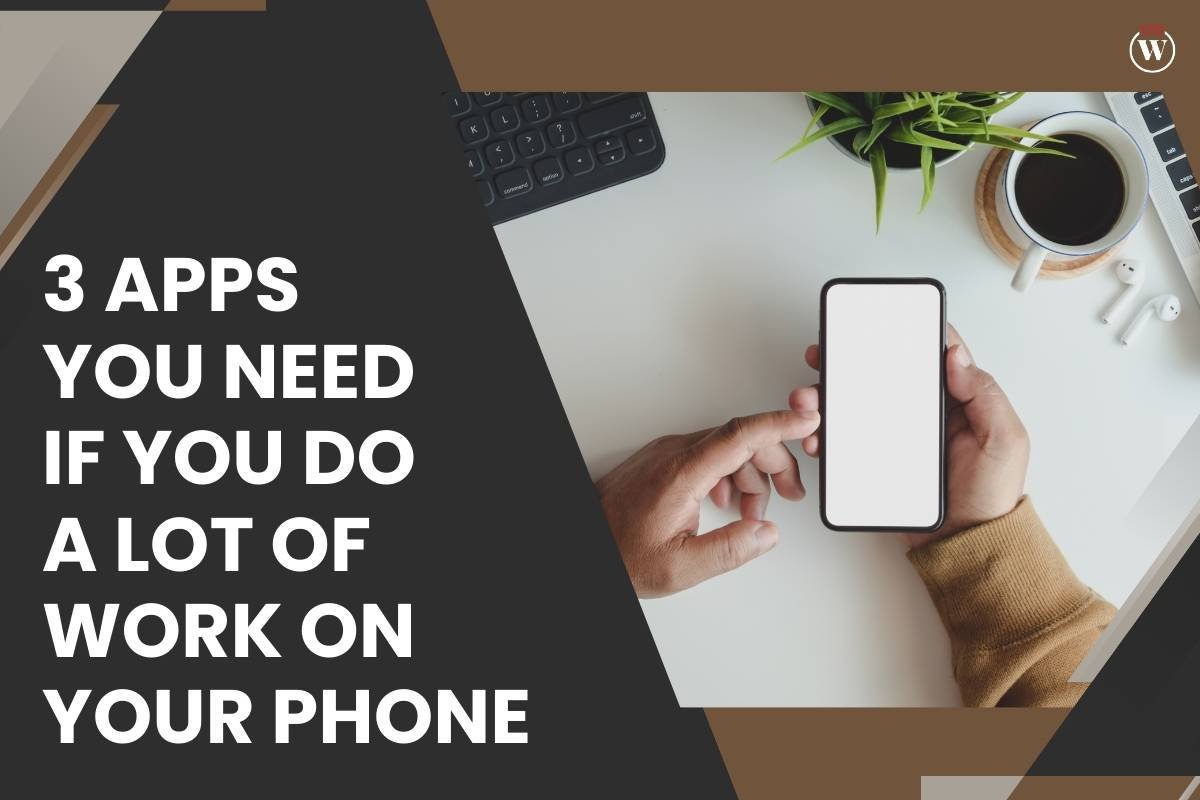As a senior leader, you already know that stressed employees are not good for your business. Indeed, stress can lead to a wealth of issues from poor concentration, which leads to lower productivity and harms customer service, to absenteeism. The good news is there are ways to reduce stress and promote employee wellbeing in your company. Read on to find the most effective ones, below.
Here are 7 strategies for Senior Leaders To Reduce Employee Stress;
1. Minimize knowledge and skill gaps
One thing that can cause employees a great deal of stress is when they feel as if they are not up to the task they have been given. Unfortunately, it’s all too common for organizations to give employees roles and tasks and expect them to simply rise to the challenge, rather than providing the support and education they need to excel.
With that in mind, identifying skill and knowledge gaps in your staff, and doing what you can to fix them is a very good idea if you want to minimize stress. For knowledge gaps training and education are the most useful fixes, but do make sure that any courses an employee receives is relevant to the issue they are struggling with.

When it comes to improving skills, training can also be a very useful tool. Practical support such as shadowing another employee, interning in another department, or even connecting your employee with someone in another company who has the expertise to guide and mentor them can be useful for reduce employee stress.
2. Set a good example
Yes, seeing your senior manager deal with stress constructively can be very helpful for employees as it models the correct behavior for them, and also demonstrates what types of behavior are acceptable in your company.
Of course, the operative word here is constructive, and that means you need to avoid demonstrating behaviors such as emotionally exploding at people in the workplace, blame, and a poor attitude when struggling with stress. Instead, you need to model behavior such as taking a break, taking vacations, asking for help, and when stress is really bad seeking proper support for the issue at hand.
Also, modeling effective communication and boundaries when it comes to the workplace can be a very helpful thing for your employees to see. This means saying no to work when you already have your plate full, but it is a professional and clear manner. Remember as a senior leader you set the tone for how your company operates.
3. Listen to your staff
Everyone likes a little moan now and then, but what many senior leaders forget is that employees are often the best people to talk to about how their business is running. The added benefit of this is that staff feel included, and more in control when they are listened to in the workplace which can help seriously to reduce employee stress.

Happily, there are some great ways that you as a senior leader can implement the collection of employee feedback. One option is to send out a regular employee questionnaire, which will provide staff with an opportunity to comment on specific issues. It can also be very helpful to use a service like Survey Monkey to send these out as they can then be anonymous, something that will allow employees to truly speak their minds and further reduce employee stress.
Another option for listening to your staff might involve including them in the process of setting their targets. Indeed, when an employee has a say on what they are to focus on, it can make their work life much more meaningful, which is another great stress reliever.
4. Make the value of tasks clear
While we are on the topic of meaning, you can also reduce your employee’s stress by helping them see how the tasks they are doing are meaningful to the big picture, your company, and even themselves. One of the best options for doing this is to ask your staff to identify some values that describe the way they want to work. Once they have these values you can spend some time relating the values to the tasks they do, which can help stop stress developing because it fights negative thought patterns such as ‘my task is pointless’
5. Avoid putting too much on your employees
Another way that you can help keep stress lower in your workforce is to make sure that you never ask more of your workers than they can reasonably deliver. After all, if your staff have to work at 100% all the time, they will quickly succumb to stress and burnout.
One way to avoid putting too much on your employees is to outsource the tasks for which they are less qualified. For instance, instead of asking staff with no experience in marketing to learn the ins and outs of how to promote your new product, working with an outsourced marketing expert is a much more constructive idea. The reason for this is that you get the expert knowledge and experience in marketing you need, without having to further add to the burden of your employees by asking them to do things with which they are not familiar.

6. Provide the perfect working environment
OK, so the perfect working environment for every employee might be a bit of a stretch. However, it is a good idea to realize that different people have different needs when it comes to work, and by better providing for these needs you can help minimize their stress.
For example, an introvert may curl and die a little inside at the thought of working in an open-plan office, where there is no privacy, and the noise level can be very loud throughout the day. For such a person an individual office, or an office shared with only 2-3 people will be much less stressful. If that isn’t possible then erecting privacy screens between desks can help them feel as if they are not being watched or expected to make conversation with colleagues all of the time, thus reducing their stress.
On the other hand, for an extrovert, a private office where they don’t get to interact with colleagues and are on their own all day can be very challenging indeed. To that end, if your business is set up this way, creating a communicable area where people can get together, chat, and bounce ideas off each other can make work a great deal less stressful for this type of person.
The same approach can be very helpful for neurodiverse people, and people with mental health issues as well. However, you must ask them about the type of environment in which they would work best.
7. Limiting interruptions
Is there anything more stressful when working than being interrupted every five minutes? Personally, I don’t think so and I bet that a great number of your employees would agree with this as well. In fact, being interrupted when you are trying to complete a task is not only stressful because it reduces the amount of time you have left before the deadline, but it also breaks focus as well. That means it will take longer for anyone who has been interrupted to get back up to speed on the task they are trying to complete. That’s why limiting interruptions helps senior leaders to reduce employee stress.
To this end, there are a few things you can do to prevent the majority of interruptions in the workplace. One is to have a policy that states all email notifications should be turned off. This will then allow your employees to complete a task interruption and stress-free, without being distracted by an incoming email every 60 sections. Of course, you will also need to institute some dedicated time solely for reading and responding to emails. Usually around 30 mins in the morning, and 30 mins before work ends is a good time to do this.









